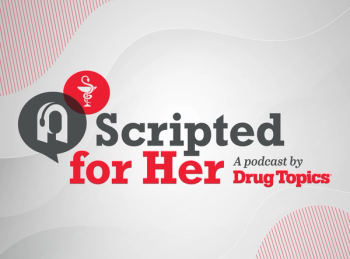
10 Old Remedies You Won't Find on Pharmacy Shelves Today
Not too long ago, it seemed like anything could end up in a pharmacy-with disastrous (or sometimes just humorous) results.
You might think you were hallucinating if you walked into a pharmacy today and saw LSD, strychnine, and heroin on the shelf.
However, there was a time when these and many other products now considered either illicit or poisonous were manufactured by drug companies and considered safe.
Now, thanks to advancements in science, medicine, and unfortunately, some human trial-and-error, most of these products are no longer available for medical use,although some still are. Let’s take a trip down memory lane and reminisce about 10 drugs, chemicals, or products once sold as medicines that have since become social taboos.
Related article:
Diethylene glycol
While not used as the active ingredient, diethylene glycol served as the primary solvent used by the S.E. Massengill Company in its Elixir Sulfanilamide, a solution comprised of sulfanilamide dissolved in diethylene glycol, water, and flavoring agents including caramel and raspberry. The concoction’s major side effect? Death. In what became known as the infamous “
Edible Vaseline
Mary Poppins said a spoonful of sugar makes the medicine go down, but can you substitute Vaseline for sugar? Apparently, Vaseline inventor Robert Chesebrough thought so. He
Lysergic acid diethylamide (LSD)
The 25th ergot-derived substance developed by
Belladonna
Used to dilate pupils and transform women into “belladonnas” or “beautiful ladies” during the Italian Renaissance, such beauty came with some major risks, earning the plant the nickname, “deadly nightshade”.
Eli Lilly
Image credit:
Radium
The now-defunct
Arsenic
Perhaps one of the world’s most famous poisons, Nero invoked arsenic’s fatally toxic powers to poison his own brother and gain control of the Roman Empire. The self-serving mother in V.C. Andrews’ bestselling novel,
Image credit:
Cannabis
We all know that cannabis was once legal throughout the United States and that some of our founding fathers grew a little on their plantations-presumably for its other uses of making rope and paper. The United States first regulated cannabis with the passage of the Marihuana Act of 1937 that taxed the sale of cannabis, hemp, and related products, but marijuana legislation stringency reached a climax during the Shafer Commission during the Nixon Administration.
Before politics entered the arena, there was nothing that a good dose of Dr. P.D. Fahrney’s “
Strychnine
Produced from a towering tree native to India and South Asia, the total death count from this plant’s highly neurotoxic activities remains unknown. One
Image credit:
Heroin
Heroin was sold, unrestricted, in the United States until the passage of an 1890 congressional act that levied taxes in conjunction with the sale of the opiate’s cousins, morphine and opium. Heroin laws became more stringent in the early 1900s, culminating with the Heroin Act of 1924, which made the possession of heroin illegal.
Cocaine
Millennia before doctors began prescribing Diamox (acetazolamide) for mountain sickness, ancient Incas chewed the leaves of the coca plant cope to counter the respiratory and energy-sucking challenges of high altitudes on the body.
Image credit:
Newsletter
Pharmacy practice is always changing. Stay ahead of the curve with the Drug Topics newsletter and get the latest drug information, industry trends, and patient care tips.




























































































































